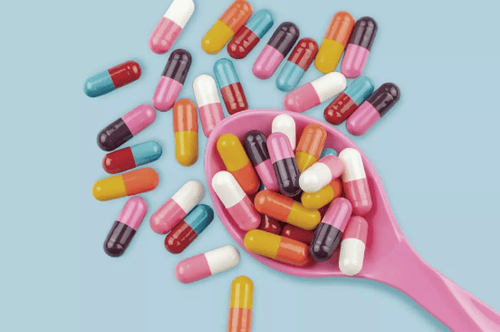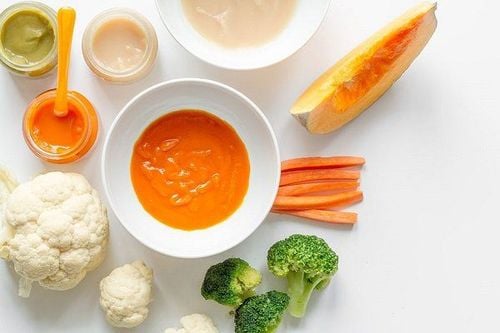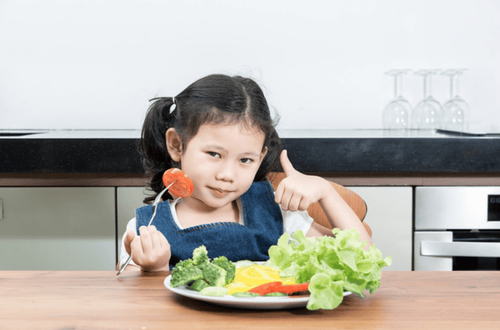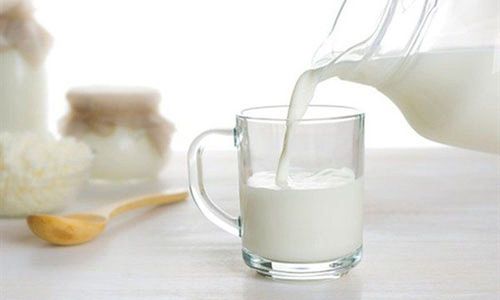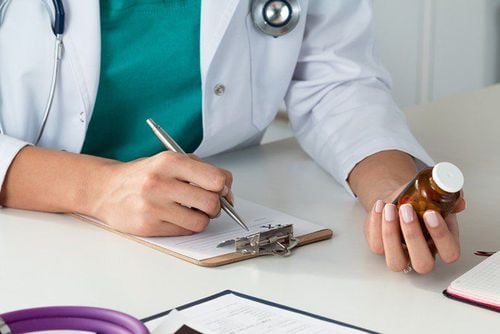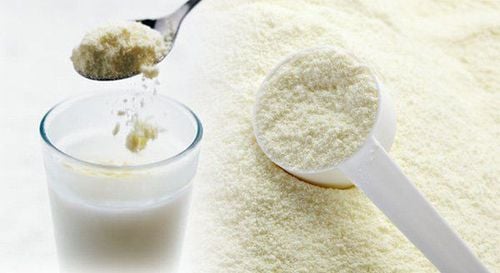This is an automatically translated article.
The article was professionally consulted with Master, Doctor Doan Ngoc Quynh Tram - Department of Pediatrics - Neonatology - Vinmec Nha Trang International General Hospital.Once you've carefully chosen to buy infant formula, the next step is to prepare it properly. Many parents wonder what temperature mixing infant formula will ensure proper nutrition and avoid food-related risks.
1. Infant formula temperature
When starting to bottle feed, many parents wonder at what temperature should formula be mixed? You may be surprised to learn: There is no standard temperature for preparing infant formula. The temperature of formula will usually be determined by individual baby's preferences. Some babies prefer warm formula, while others prefer cold formula. As long as your baby is happy and feeding well, there's no reason to worry if your baby prefers cold or warm formula.The temperature of infant formula can also be determined according to the age of the baby. Newborns may prefer a warmer bottle because it resembles breast milk (equivalent to a body temperature of 37°C). Teething babies may prefer a cold bottle of milk to soothe sore gums. Toddlers after teething and weaning may prefer cooled formula at room temperature.
2. How to make warm formula milk
If your baby likes to drink from a warm bottle, you can warm up formula using a number of different methods. One of the simplest and most convenient ways is to use a dedicated milk warmer. Among the many different models on the market, it is recommended that you choose a brand that is designed to match the type of bottle you are using. When you're done making formula, just pop the bottle into the machine and turn the switch on. The machine will heat the formula to the appropriate temperature according to your preferences.Another way to heat a baby bottle is to place it in a bowl of hot water for 5 minutes. Don't forget to shake the bottle to make sure the heat is evenly distributed. Whether you're using a bottle warmer or a bowl of hot water, you should always check the temperature of your formula by putting a few drops on the inside of your wrist. Milk that is warm but not hot is suitable for babies.
Never heat baby bottles in the microwave. This is because microwaves don't heat evenly, which can create extremely hot spots and cause burns.
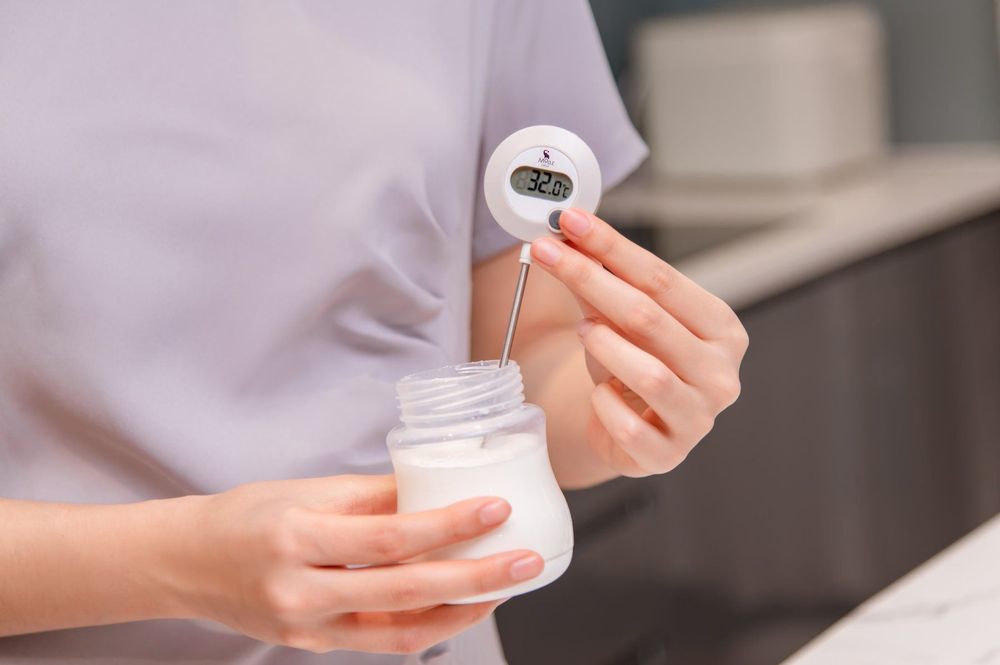
3. How to make cold formula milk
If your baby likes cold formula, it's important to remember to make it exactly as directed, which means you'll still need to use cooled boiled water. For quick cooling, place the bottle in a bowl of ice water for a few minutes or place in the refrigerator for about 15 minutes. Do not freeze formula or make it too cold to avoid numbing your baby's gums.No matter how much your baby likes formula, always follow the manufacturer's preparation instructions. If making formula before your baby needs to feed, keep the bottle in the refrigerator or freezer. Do not use formula left out at room temperature for more than 1 hour and discard stored formula 24 hours after mixing.
4. Other notes when making formula milk
4.1. Check expiration dates Look for an expiration or "use by" date on the carton of milk. Do not buy or use expired infant formula, as the quality of the formula cannot be guaranteed.4.2. Wash hands Before preparing formula, wash hands thoroughly with soap and water. Dry hands. Make sure the milking area is also clean.
4.3. Disinfecting bottles Sterilize bottles, nipples, caps and washers before first use by boiling them in water for 5 minutes, using the sterilizer function of a microwave oven or a dedicated sterilizer.
After the first use, you do not need to sterilize the bottles and accessories as often. After each feed, wash these items with soap and hot water, using a brush to clean bottles and nipples down to every nook and cranny. You can also use the dishwasher with the hot water function.
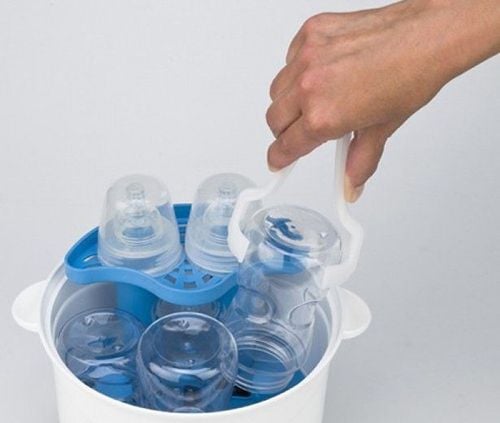
4.4. Adding water to formula If you are using liquid or powdered concentrated formula, you need to add water according to the manufacturer's instructions. You can use clean water from the tap or bottled to make milk. If you use well water, boil it for about 1 minute and let it cool to body temperature (37°C).
If you are concerned about fluorosis, consider using low-fluoride pre-made formula or alternate using fluoridated tap water and low-fluoridated bottled water (purified, demineralized, bottled water). deionized or distilled water).
To save time, you can refer to using smart water heaters on the market, for example, the smart water kettle Moaz BéBé MB - 002. This will be an effective assistant for mothers in warming milk, sterilizing milk bottles and dechlorinating water with many outstanding features such as:
Easy milk mixing, temperature standardization Boil water quickly after 4 minutes, dechlorination automatic chlorine for 2 minutes, keeping the desired temperature for 24 hours Luxurious, delicate design High-grade Borosilicate glass bottle design, safe, PBA-free, safe for children Using T-sensor 3.0 heat-sensing technology , the machine allows for precise temperature sensing. However, it should be noted that you must use filtered water, do not use mineral water to boil. Gold warranty 12 months error 1 for 1 exchange.
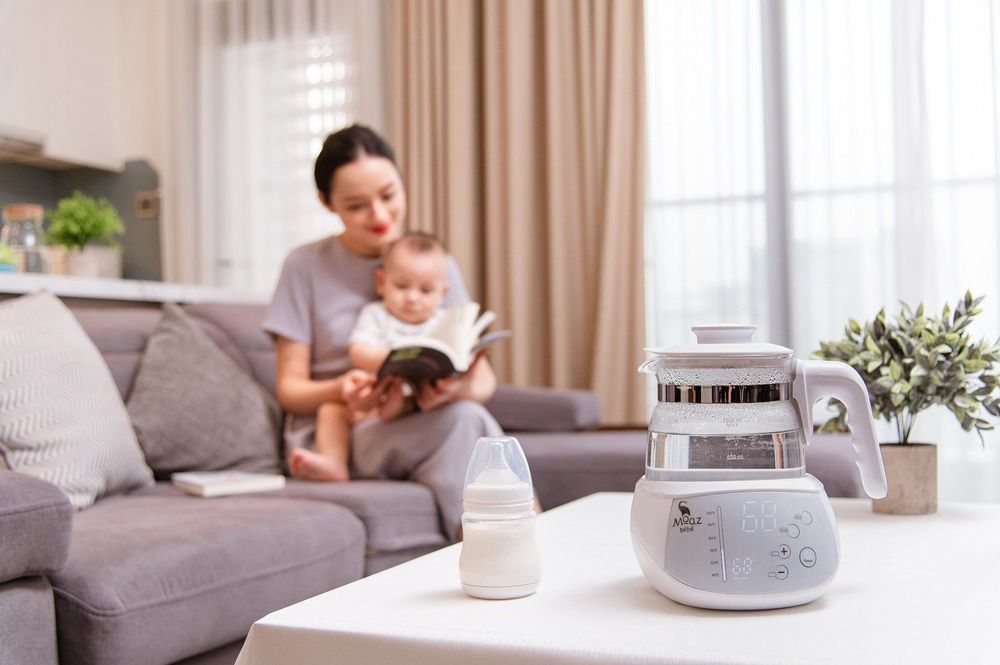
Please dial HOTLINE for more information or register for an appointment HERE. Download MyVinmec app to make appointments faster and to manage your bookings easily.
Reference source: myorganicformula.com





